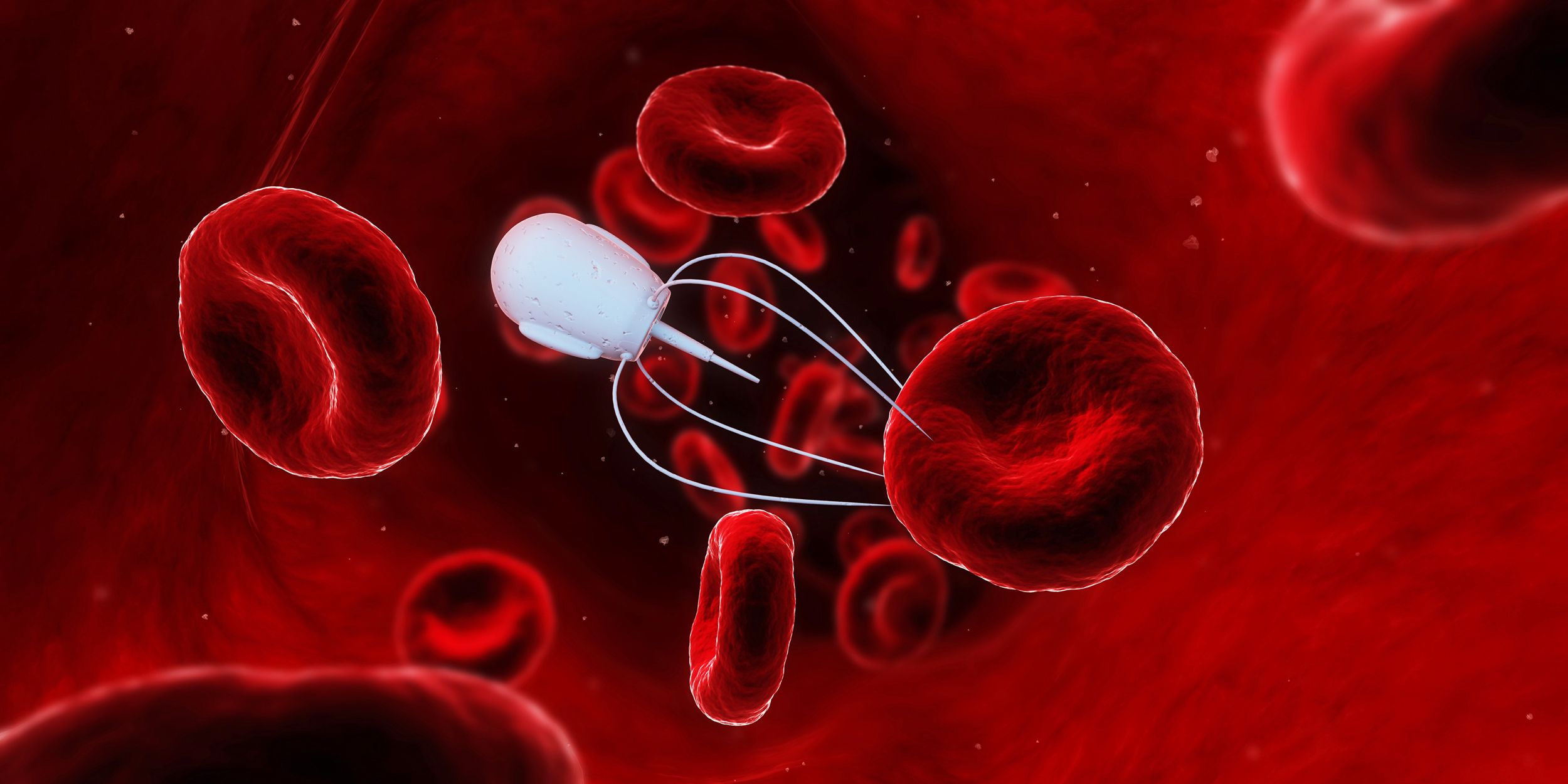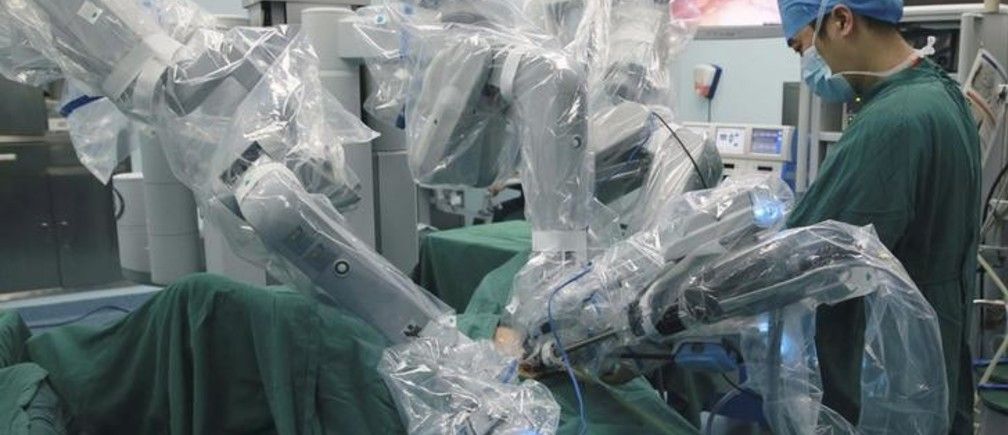Nanobots could provide cancer treatment free from side effects.


The Robots are Coming!
After taking over deliveries for 20 percent of rural Rwanda’s blood supply, Zipline is introducing its drone fleet to the rural United States.

New developments require new materials. Until recently, these have been developed mostly by tedious experiments in the laboratory. Researchers at the Fraunhofer Institute for Algorithms and Scientific Computing SCAI in Sankt Augustin are now significantly shortening this time-consuming and cost-intensive process with their “Virtual Material Design” approach and the specially developed Tremolo-X software. By combining multi-scale models, data analysis and machine learning, it is possible to develop improved materials much more quickly. At the Hanover Trade Fair from April 23 to 27, 2018, Fraunhofer will be demonstrating how the virtual material design of the future looks.
In almost every industry, new materials are needed for new developments. Let’s take the automotive industry: while an automobile used to consist of just a handful of materials, modern cars are assembled from thousands of different materials – and demand is increasing. Whether it’s making a car lighter, getting better fuel economy or developing electric motor batteries, every new development requires finding or developing the material that has exactly the right properties. The search for the right material has often been like a guessing game, though. The candidates have usually been selected from huge material databases and then tested. Although these databases provide insight into specific performance characteristics, they usually do not go far enough into depth to allow meaningful judgments about whether a material has exactly the desired properties. To find that out, numerous laboratory tests have to be performed.
It’s small enough to fit inside a shoebox, yet this robot on four wheels has a big mission: keeping factories and other large facilities safe from hackers.
Meet the HoneyBot.
Developed by a team of researchers at the Georgia Institute of Technology, the diminutive device is designed to lure in digital troublemakers who have set their sights on industrial facilities. HoneyBot will then trick the bad actors into giving up valuable information to cybersecurity professionals.
I might bump my post for an armed low flying mini UAV. Seeing as this what they are tip toeing around now.
The focus of this swarm sprint is on enabling improved swarm autonomy through enhancements of swarm platforms and/or autonomy elements, with the operational backdrop of utilizing a diverse swarm of 50 air and ground robots to isolate an urban objective within an area of two square city blocks over a mission duration of 15 to 30 minutes. Swarm Sprinters will leverage existing or develop new hardware components, swarm algorithms, and/or swarm primitives to enable novel capabilities that specifically showcase the advantages of a swarm when leveraging and operating in complex urban environments.
http://www.darpa.mil/work-with-us/offensive-swarm-enabled-tactics





Today’s leading buzzwords seem to describe very separate concepts, but it turns out that they have some amazing commonalities.